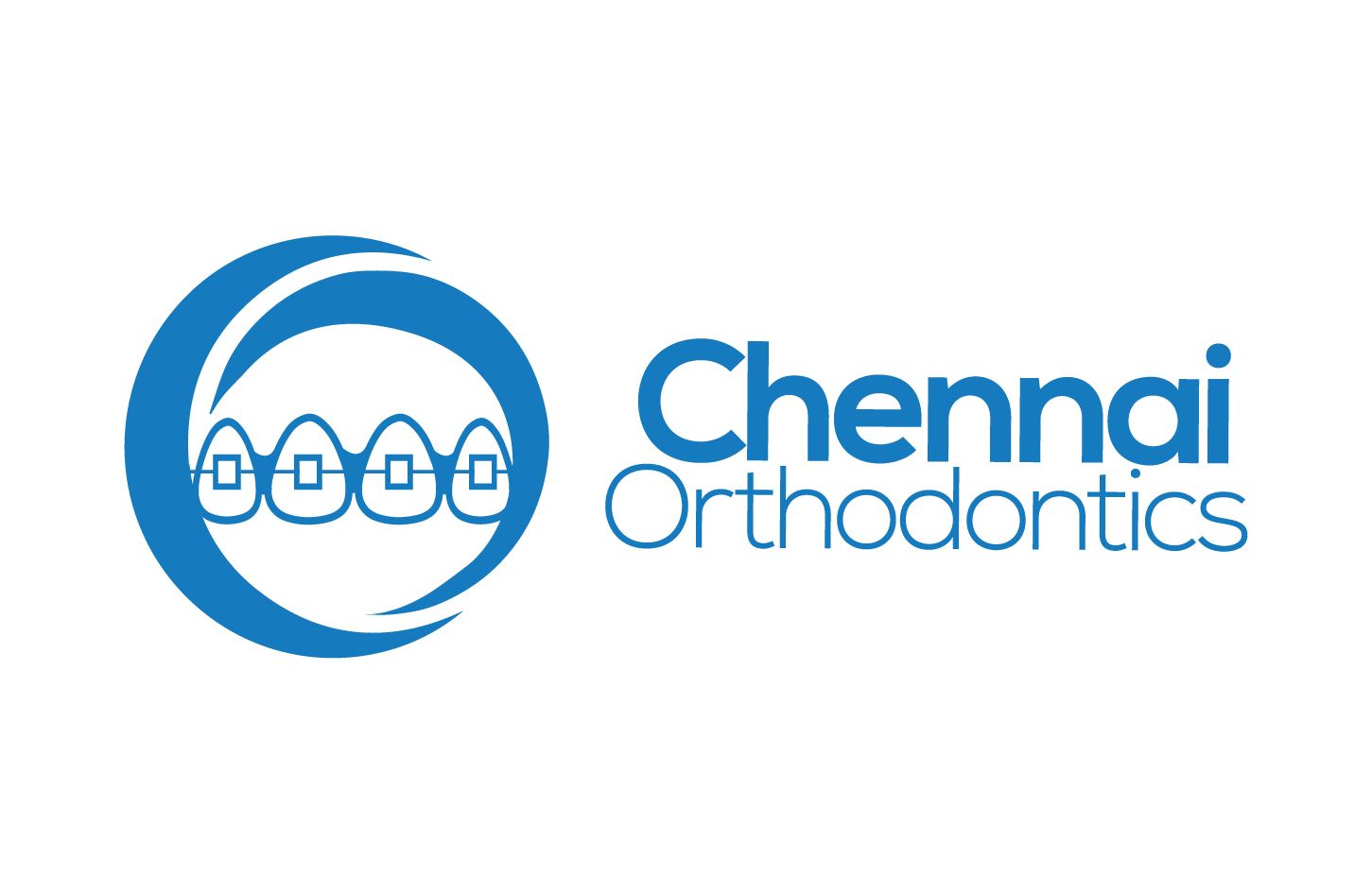Tooth aligners, also known as clear aligners, are a popular alternative to traditional braces for correcting misaligned teeth. While they offer many benefits, one of the biggest concerns for people considering tooth aligners is the cost. Clear aligners are generally more expensive than traditional braces, and many people wonder why this is the case. In this blog, we’ll explore some of the reasons why tooth aligners are costly.
1. Customized Treatment Plan
One of the main reasons why tooth aligners are more expensive than traditional braces is that they require a customized treatment plan for each individual patient. Unlike braces, which are generally standard for everyone, clear aligners are made specifically for each person’s unique teeth and bite. This means that a dentist or orthodontist must take detailed impressions of the patient’s teeth, create a 3D model of the mouth, and design a treatment plan that is tailored to the patient’s specific needs. This process requires a lot of time and expertise, which adds to the cost of the aligners.
2. High-Quality Materials
Clear aligners are made of high-quality, medical-grade plastic that is designed to be durable, flexible, and comfortable to wear. These materials are more expensive than the materials used in traditional braces, which are typically made of metal or ceramic. In addition, clear aligners are replaced every few weeks as the teeth gradually move into the correct position. This means that a patient may go through several sets of aligners over the course of their treatment, which adds to the overall cost.
3. Advanced Technology
The process of creating clear aligners requires advanced technology, such as 3D scanning and printing. This technology is expensive to acquire and maintain, and it requires specialized training and expertise to use effectively. In addition, clear aligner companies invest heavily in research and development to continually improve their products and stay ahead of the competition. All of these factors contribute to the overall cost of the aligners.
4. Professional Supervision
While clear aligners are designed to be used at home, they still require professional supervision to ensure that they are working properly and that the patient is progressing as planned. This means that patients must visit their dentist or orthodontist regularly for check-ups and adjustments. These visits are included in the overall cost of the treatment and add to the overall cost of the aligners.
5. Marketing and Advertising
Clear aligner companies invest heavily in marketing and advertising to promote their products and attract new customers. This includes advertising on television, social media, and other platforms, as well as sponsoring events and partnering with celebrities and influencers. All of these marketing efforts add to the overall cost of the aligners.
6. Insurance Coverage
Finally, it’s important to note that the cost of clear aligners can be offset by insurance coverage. Many dental insurance plans cover all or part of the cost of clear aligners, which can make them more affordable for patients. However, not all insurance plans cover clear aligners, and coverage can vary widely depending on the plan and the provider.
In conclusion, tooth aligners are costly for a variety of reasons, including the need for a customized treatment plan, high-quality materials, advanced technology, professional supervision, marketing and advertising, and insurance coverage. While the cost of clear aligners may be a barrier for some patients, it’s important to consider the long-term benefits of a straighter, healthier smile. Many people find that the investment in their oral health and confidence is well worth the cost of clear aligners.


